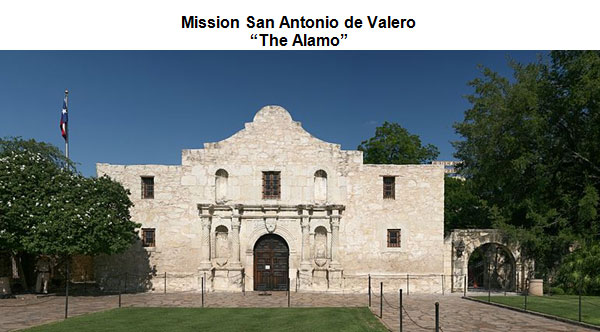
Source: Alamo pano, Daniel Schwen, Wikipedia
There were many European groups that immigrated to Texas, and each group has made a lasting mark on the Texan identity through its culture.
The first, and probably the most impactful of all European groups, to immigrate to Texas were the Spanish. The Spanish ruled Texas from 1519 to 1821; throughout that time, the Spanish left a permanent mark on the Texan identity.

Source: Alamo pano, Daniel Schwen, Wikipedia
One of the reasons that the Spanish settled in Texas was to spread Christianity. The Spanish established missions throughout Texas. The missions served as churches for the Spanish, but they also were used to protect Spanish territories and borders. The Spanish missions, like the Alamo mission pictured above, established the Texas Catholic Church of today.
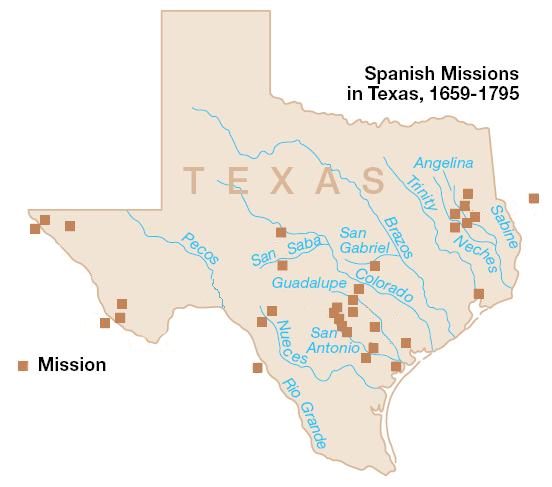
Source: Spanish Missions in Texas, Karanacs, Wikimedia
During the Spanish rule of Texas, the Spanish language was introduced to Texas. Spanish was also spoken in Texas during the Mexican National era of Texas. The Spanish language has been spoken in Texas ever since. It is estimated that nearly 30 percent of today’s Texans speak Spanish at home. You will also find the Spanish influence on the names of street, cities, and other locations throughout Texas.
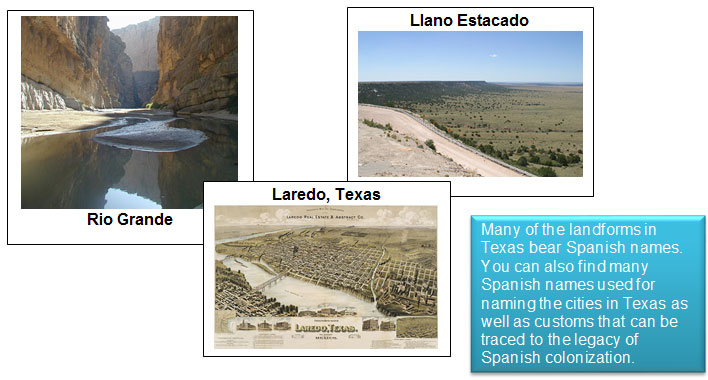
Source: Santa Elena Canyon, eclectico63, Wikimedia
Source: Northwest Escarpment Llano Estacado 2003, Leaflet, Wikimedia
Source: Old Map Laredo 1892, Kelson, Wikimedia
Other European immigrants who settled Texas have also made a mark on the Texan identity. During the mid to late 1800s, Germans were the largest immigrant group that settled in Texas. Initially immigrating to Central Texas, traces of the German culture can still be seen across Texas today. Many of the descendants of the first German immigrants have migrated to North Texas. There are still festivals and events that honor the German heritage today.
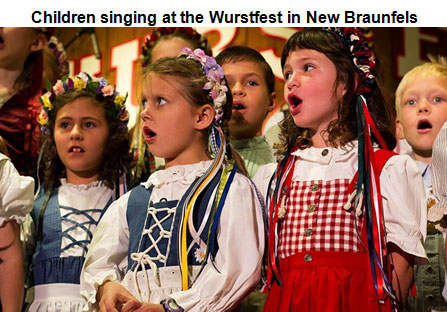
Source: Wurstfest, 33, Wurstfest
German food is one of the important cultural contributions made by German immigrants to the Texas identity. In rural communities of Central and North Texas today, there are German bakeries and restaurants that feature classic German food.
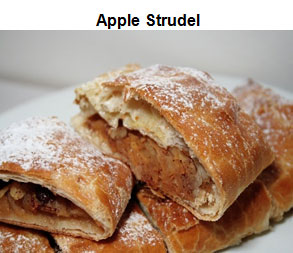
Source: Strudel, che, Wikimedia
The German strudel is so popular that it was named the Texas state pastry in 2003.
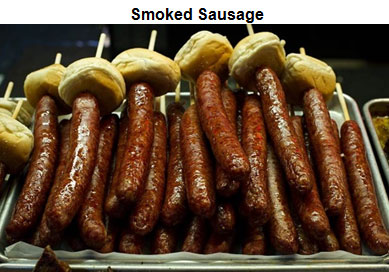
Source: Wurstfest 19, Wurstfest
Smoked sausage is a Texas favorite. It can be found in many Texas restaurants and barbeques. The roots of smoked sausage and other meats can be traced back to Germany. There are several festivals in Texas that honor the German sausage.
European immigrants that settled in Texas came from various European countries. The communities of these immigrant groups were once large and only included those from the same nationality. Today their population has spread throughout Texas.
To keep their respective cultures alive, many descendants have festivals to share the customs and traditions with other Texans. There are heritage societies in Texas that work to preserve the culture of these European groups. For example, the German Texan Heritage Society offers German Language classes.
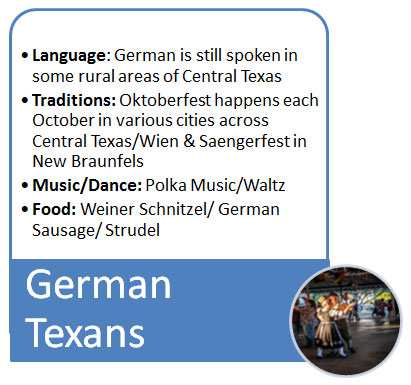
Source: Czech these kids out 71, Caldwell Texas
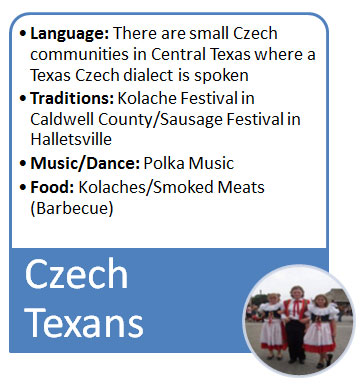
Source: Oktoberfest -17, Ocktoberfest Fredericksburg
Czech Texans settled in Central Texas. Many of their original settlements still exist today. Much like German settlers, many Czech Texans moved to areas in North Texas, but Czechs also moved as far as to the Gulf coast and the Pan Handle.
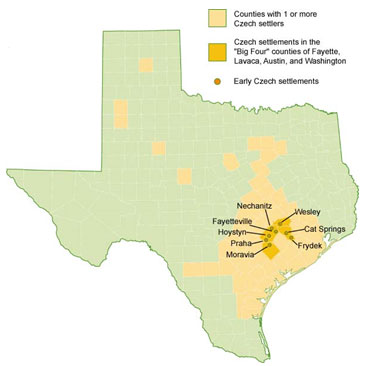
Source: Early Czech Settlements in Texas, Drew Paterson, University of Texas at Austin
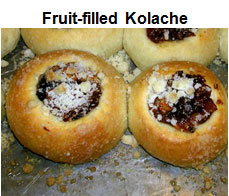
Source: Kolache-crop, Smithsonian magazine
While it is not a Texas state pastry, the kolache is a popular treat that originated with early Czech settlers. This pastry, whether it is filled with fruit or meat, is popular and is found in many Czech bakeries and local grocery stores across Texas.